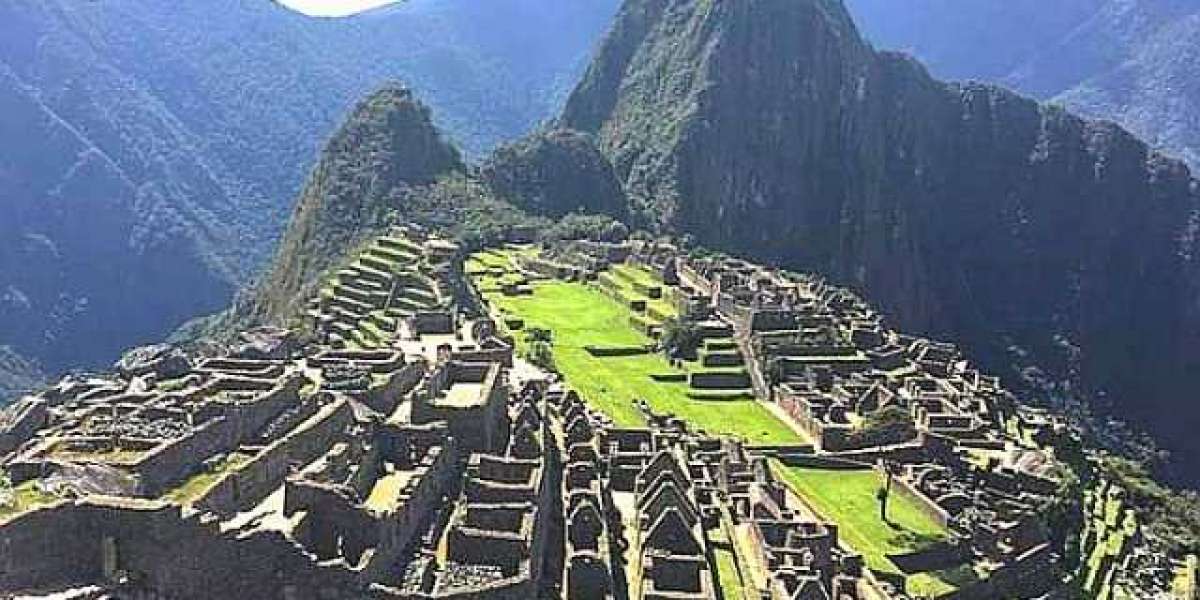Many travelers' dreams come alive in exploring the Amazon rainforest, and Sandoval Lake Tambopata Tours stands as the pinnacle of experience. Located in the heart of the Tambopata National Reserve, Sandoval Lake is well known for its high biodiversity and hence has been an excellent eco-tourism destination. But as more and more people become interested in such tours, so do sustainable practices in these tours help to keep the ecosystem that this wonder offers for years to come.
Eco-Friendly Accommodations - Sandoval Lake Lodge Tours
One of the steps to sustainable tourism begins with the choice of staying in eco-friendly accommodations. A great example of sustainable commitment is Sandoval Lake Lodge Tours. This lodge is built using local materials and even in practice, it minimizes impacts on the environment. One of the examples would be that it uses solar energy for electricity, cutting reliance on fossil fuels. Also, lodging waste management follows protocols on maximum recycling and composting that minimize the total footprint of waste. A visit to such environmentally friendly lodging supports the preservation of the rainforest through responsible acts.
Responsible Wildlife Observation
Any tour in the Amazon rainforest Peru tours is always full of wildlife observation. At Sandoval Lake, it becomes possible to spot various species, including the giant river otter, caiman, and so many bird species. Sustainably, the tours should take responsible wildlife viewing. This means maintaining a safe distance from animals, not creating loud noises, and not feeding them. The guides are also trained to educate visitors on the importance of respecting wildlife and their habitats. The guidelines allow tourists to experience the thrill of observing such magnificent creatures while ensuring their natural behaviors are not disturbed.
Community Engagement
Besides the environmental aspect, sustainable tourism supports local communities. Some of the Amazon tours from Puerto Maldonado combine community engagement into a given tour. This includes visiting local villages and participating in cultural exchange, along with making a direct purchase of a variety of handmade crafts straight from artisans. Such a relationship will not only bring life to the travel experiences but will also help in uplifting the economic levels of indigenous people by conserving their ways and sustaining their daily lifestyle in such a manner that becomes healthy for the society as a whole.
Conservation Activities
The third important sustainable activity of Sandoval Lake Tambopata Tours is conservation. Most tour operators will allocate a percentage of the revenue they generate to fund conservation projects within the area aimed at conserving the rainforest and its resources. Most of these activities focus on habitat restoration, monitoring wildlife, and offering education to visitors and residents in the area. The tourists directly determine the preservation of the vibrant Amazonian rainforest through the choice of dedicated operators.
Learning Experiences
The last, but not the least, sustainable practices that are part of Sandoval Lake Tours usually incorporate educational elements that encourage raising awareness about the importance of the Amazon rainforest. Guides provide information about the ecosystem, flora, and fauna, as well as the threats it faces because of climate change and deforestation. It makes tourists respect the environment more while inspiring them to plead for sustainability after the tour ends.
Explore the Amazon with Amazon Trips Peru
Amazon Trips Peru provides immersion travel with an emphasis on Sandoval Lake Tambopata Tours. Blending guided Amazon rainforest tours with a perspective of ecological and wildlife preservation in setting up a strong area for cultural immersion, Amazon Trips Peru ensures unique adventures while building responsible, sustainable tourism in the world's most biodiversity region.







